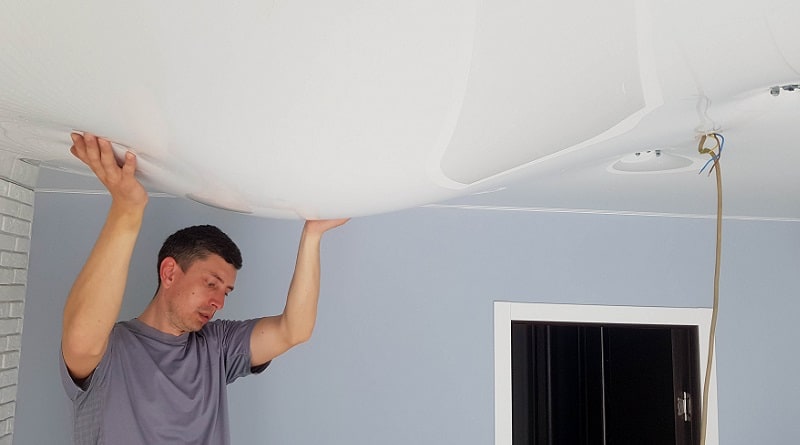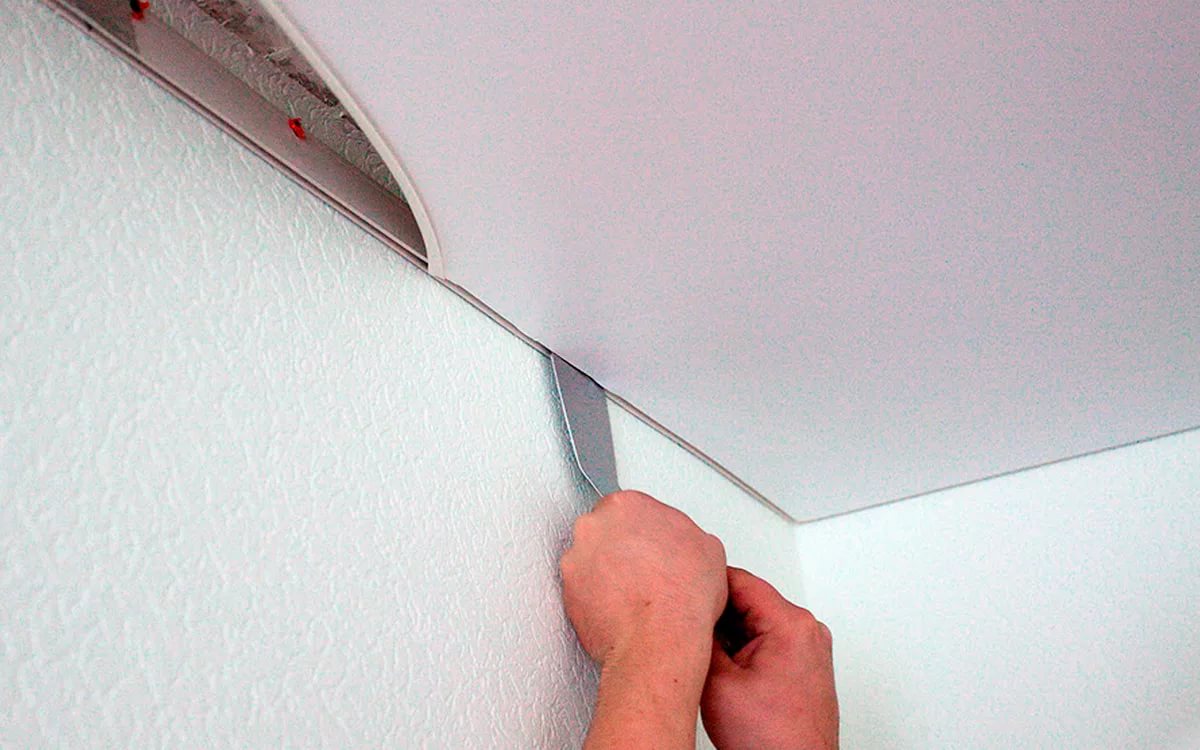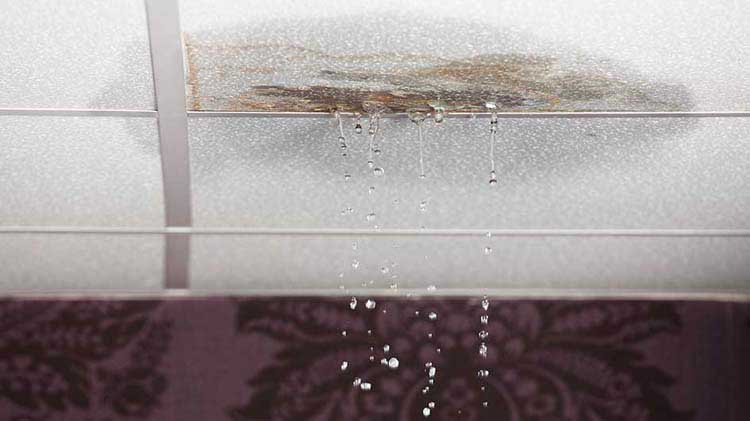Who, no matter how well-informed an apartment building’s occupants are, is fully aware of the everyday problems related with an apartment’s flooding? Unprofessional apartment remodeling, as well as irresponsible handling of household communications, dilapidated water supply and heating systems, and unprofessional apartment renovation, all contribute to this. Such circumstances are uncommon, but when they do arise, there is little joy in this force majeure. Everything suffers during a flood, from personal goods and household appliances to interior design components. Particularly aggravating are situations in which the unit has been subjected to costly repairs ceiling.

Most interior and interior design elements become unsuitable in a flooded room. Something will undoubtedly need to be changed, but there may be other options for saving and repairing the situation. The problem can still be saved if a room with flexible ceilings gets flooded. This is nearly the only part of the interior of the house that can withstand a flood. You’ll need to respond quickly and take the appropriate action. You can either remedy the situation on your own or with the assistance of professionals. Let’s look at what makes tension systems unique, and what precautions should be taken when flooding rooms with this sort of ceiling.
During A Flood, How Do Tensioning Systems Behave?
When water enters the house from above, the situation is different. The first thing to flood is the ceiling. It should be mentioned that a normal, painted or whitewashed ceiling surface can be rapidly restored after being flooded with water. On the other hand, the situation with plasterboard ceilings is disastrous. Suspended gypsum plasterboard structures will need to be replaced, either locally or totally. The water problem appears to be completely different with stretch ceilings, fabric or film ceilings. Don’t be discouraged if your stretch ceiling has been inundated. The tension structure, on the other hand, traps water and prevents it from escaping.
To Begin, You Must Determine The Origin Of The Leaking And What Is Causing The Water In Your Flat. Flooding Occurs In Most Cases As Follows:
- water from the main water pipes is cold;
- a centralised heating and water delivery system that provides hot water;
- sewage drains
- rainwater from storm sewers that has made its way inside;
- soiled water from malfunctioning washing machines;
- Flowing antifreeze or technical fluids from a self-contained heating system.

Flooding is an unpleasant experience in and of itself. However, calculating the amount of the harm is critical here. Only the ceiling component of the stretch ceiling is affected by the water, which can be rectified or replaced with a new surface. Everything else in the space, including household appliances, furniture, and other interior design aspects, is unaffected. By taking this into account while planning the repair, you can avoid unexpected costs and problems in the future.
The fact is that the fabric or PVC films used as the main canvas are designed and structured to withstand the pressure of water that has entered from the outside for a period of time. The fabric draped across the top of the chamber serves as a protective barrier, resembling a sealed bag that keeps moisture at bay.
The things surrounding your home are taken care of by us, so you don’t have to. We invite you to get in touch with us right now!


Recent Comments